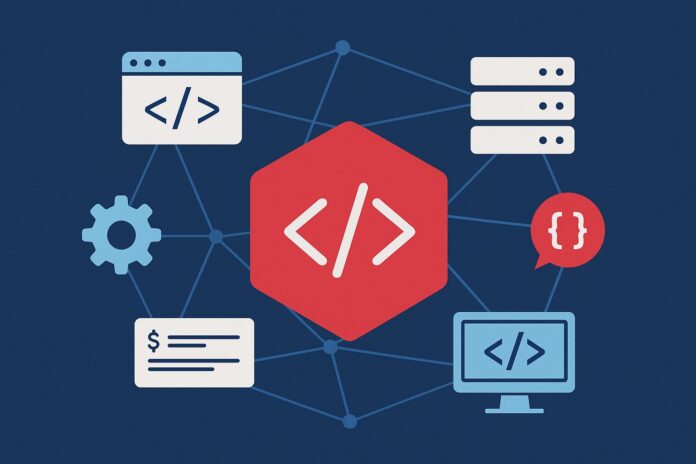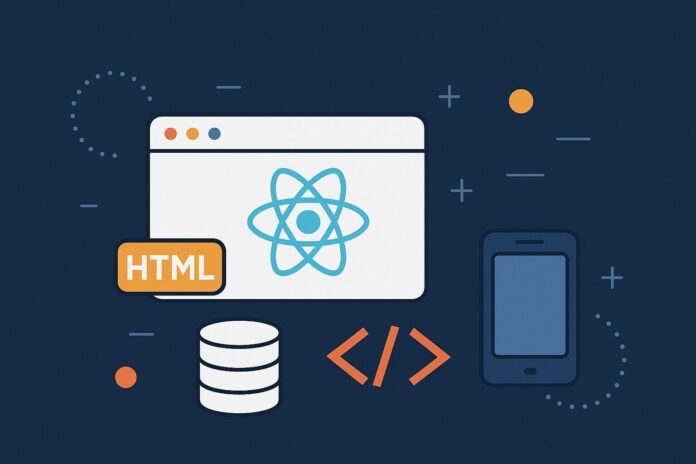Table of Contents
- Introduction to NestJS
- The Problem with Traditional Node.js Frameworks
- What Makes NestJS Different?
- Benefits of Using NestJS
- When and Why to Prefer NestJS over Express
- Real-World Use Cases and Ecosystem
- Summary and What’s Next
1. Introduction to NestJS
NestJS is a progressive Node.js framework designed for building scalable and maintainable server-side applications. It combines elements of object-oriented programming, functional programming, and functional reactive programming. Built with and fully supporting TypeScript, NestJS offers a solid structure and abstraction layer over native Node.js and Express.
Created by Kamil Myśliwiec, it has rapidly become the go-to backend framework for enterprise-grade applications that need modular design, solid testability, and performance.
2. The Problem with Traditional Node.js Frameworks
Node.js is asynchronous and fast, but traditional frameworks like Express lack a strong architectural convention. While Express is minimalist and flexible, this freedom often becomes a challenge as projects grow:
- No built-in modularity
- No opinionated structure
- Difficult to enforce separation of concerns
- Boilerplate code for dependency injection, validation, and middlewares
Developers often resort to building their own custom architecture, reinventing wheels repeatedly.
3. What Makes NestJS Different?
NestJS builds on top of Express (or optionally Fastify), but introduces the following:
- Modular Architecture: Inspired by Angular, everything is built around modules.
- TypeScript First: Type safety and modern JavaScript features out of the box.
- Dependency Injection (DI): A powerful DI system makes code loosely coupled and testable.
- Separation of Concerns: With Controllers, Services, Guards, Interceptors, and Pipes, NestJS cleanly separates responsibilities.
- Built-in Support for REST, GraphQL, WebSockets, gRPC.
- Support for Monorepos and Microservices Architecture.
4. Benefits of Using NestJS
Here are some key benefits of using NestJS:
- Scalability: Built to handle enterprise-scale apps with complex structures.
- Developer Productivity: CLI tools, built-in scaffolding, and clear patterns speed up development.
- Maintainability: Encourages modular and testable code, improving long-term maintainability.
- Flexibility: You can switch between Express and Fastify easily.
- Ecosystem: Official libraries for config, GraphQL, microservices, WebSockets, caching, and more.
5. When and Why to Prefer NestJS over Express
| Criteria | Express | NestJS |
|---|---|---|
| TypeScript Support | Optional | First-Class |
| Architecture | DIY | Opinionated & Modular |
| Dependency Injection | Manual or via other libs | Built-in |
| CLI Scaffolding | Limited | Extensive |
| Microservices Support | External Libraries | Built-in |
| Learning Curve | Lower for small projects | Slightly higher but worth it |
| Long-term Maintenance | Harder in large apps | Much Easier |
You might prefer Express for small, fast prototypes or simple APIs. But once your app scales or needs maintainable architecture, NestJS shines.
6. Real-World Use Cases and Ecosystem
NestJS is being used by major companies like Adidas, Autodesk, Capgemini, Decathlon, and more. It’s ideal for:
- Building RESTful APIs and GraphQL servers
- Real-time applications like chat or game servers
- Enterprise microservices and modular monorepos
- Full-stack apps when used alongside Next.js or React
7. Summary and What’s Next
NestJS is the answer to long-standing architectural issues in traditional Node.js frameworks. With a strong structure, first-class TypeScript support, and modular design, it empowers developers to build apps that scale gracefully.
In the next module, we’ll walk through setting up a NestJS project from scratch using the CLI, and understand the folder structure, default files, and how to run your first server.
Up next: Setting Up a NestJS Project with CLI: First App and File Structure Explained



